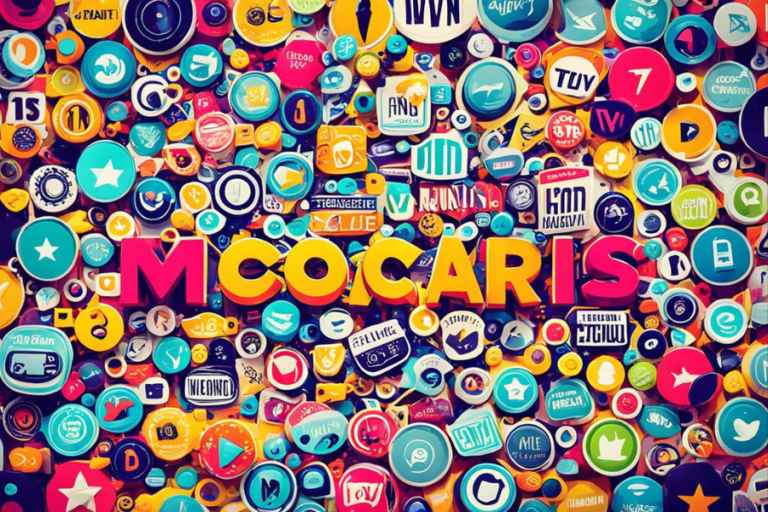Understanding Кинокрадко: A Comprehensive Overview of Digital Film Piracy
In today’s digital world, few subjects generate as much debate and intrigue as “Кинокрадко.” Whether you’re a movie lover or someone working in the film industry, it’s essential to grasp the nuances of this concept. This guide will take you through the history of Кинокрадко, explore its significant impact on the film industry, and explain how it operates. By the end, you’ll have a clearer understanding of this phenomenon and its far-reaching consequences for contemporary cinema.
Authentic Foundation
Starting points of Film Theft
Movie piracy has been around since the early days of cinema, starting with the distribution of
illegal copies on physical media such as bootleg VHS tapes and DVDs. Although the quality of these pirated versions was usually subpar, they still attracted a keen audience—often made up of people who either couldn’t afford or chose not to pay for the official releases.
Advancement of Кинокрадко
As the internet evolved, so did the scope of piracy, becoming a worldwide issue. With the advent of high-speed connections and file-sharing platforms like Napster and BitTorrent, accessing pirated content became easier than ever. This is where the term “Кинокрадко” came into play, referring to the organized piracy networks that have flourished in this digital era.
Influence on the Entertainment world
Monetary Outcomes
The financial toll of Кинокрадко on the film industry is immense. Pirated movie copies lead to significant losses for filmmakers, distributors, and theaters alike. Studies estimate that piracy costs the global film industry billions each year, affecting everything from box office earnings to home video sales.
Lawful Difficulties
Addressing the problem of Кинокрадко requires tackling a range of complicated legal challenges. In response, governments and industry organizations have strengthened copyright laws, signed international agreements, and collaborated with internet service providers to limit access to pirated content.
Moral Issues
The ethics surrounding Кинокрадко are widely debated. While piracy is illegal and undermines the hard work of filmmakers, some argue that high ticket prices and limited access to films make pirated content more justifiable. This creates a moral gray area for both viewers and those within the industry.
The Mechanics of Кинокрадко
How It Functions
Кинокрадко functions through a complex web of hackers, uploaders, and distributors who rely on torrenting platforms, cyber-lockers, and sophisticated technologies to distribute pirated content worldwide. Encryption tools and VPNs add layers of anonymity, making it challenging to track and dismantle these networks.
Central participants
The Кинокрадко ecosystem involves several crucial roles. Hackers steal digital copies of films, uploaders distribute them, and viewers around the world access the content, often without fully understanding the legal or ethical implications of their actions.
Contextual investigations
Outstanding Episodes
Several high-profile cases highlight the impact of Кинокрадко. One notable example is the early leak of The Expendables 3, which resulted in substantial financial losses. Likewise, the 2014 Sony Pictures hack not only exposed sensitive company data but also leaked unreleased films, demonstrating the far-reaching effects of digital piracy.
Reactions and Countermeasures
To tackle Кинокрадко, the film industry has introduced various security measures, taken legal action against piracy websites, and launched public awareness campaigns. Despite these efforts, piracy continues to be a challenging and ongoing problem.
Examination of Subjects in Кинокрадко
Focal Topics
Кинокрадко is often seen as a symbol of resistance against traditional industry models. Piracy networks portray themselves as champions of free access to entertainment, taking on the established film distribution system. This stance appeals to audiences who feel shut out by high costs or restricted access to content.
Social Analysis
Piracy brings to light deeper societal issues, especially regarding access inequality. In areas where legal access to films is limited or expensive, piracy often becomes the only means for people to engage with global culture. This situation prompts important questions about the fairness of existing distribution models.
Visual and Sound Components
Visual Style
The quality of pirated films can vary widely. Camcorded versions usually suffer from poor resolution and shaky footage, resulting in a low-quality viewing experience. On the other hand, digital rips can be nearly indistinguishable from official copies, making it much harder to identify and differentiate pirated content.
Sound Quality
The audio quality of pirated films can be inconsistent. Some recordings are plagued by muffled sound or background noise, which diminishes the overall viewing experience. However, high-quality digital rips can deliver sound that is virtually identical to that of legitimate versions.
Character Advancement (if appropriate)
Character Curves
Although Кинокрадко centers on piracy, the films involved frequently delve into intricate character development and themes such as redemption, conflict, and personal growth. Even though the copies are pirated, they still provide viewers with the opportunity to experience and engage with these compelling stories.
Inspirations and Clashes
The motivations behind Кинокрадко are diverse, ranging from financial gain to a desire for rebellion. Some participants see piracy as a means to challenge the film industry, while others are driven by the quest for recognition within hacker communities. These varied motivations contribute to the complexity of the phenomenon.
Correlation with Comparative Peculiarities
Different Types of Advanced Theft
Кинокрадко is just one aspect of a broader digital piracy ecosystem that encompasses music, software, and e-books. While each sector faces its own specific challenges, the fundamental methods and strategies for combating piracy remain quite similar across these industries.
Worldwide Setting
Piracy rates differ globally. Countries with strong legal protections and more accessible content generally experience lower piracy rates. In contrast, regions where content is costly or hard to find often see higher levels of piracy, underscoring the need for more inclusive distribution models.
Conclusion
Кинокрадко presents a multifaceted challenge for the film industry, with serious economic, legal, and ethical implications. Its effects are widespread, prompting crucial questions about content accessibility, fairness, and the future of digital media. For anyone invested in the future of film, grasping the complexities of Кинокрадко is crucial for navigating the shifting terrain of digital content.
FAQs
What is Кинокрадко?
Кинокрадко refers to organized networks that engage in the piracy of digital films, utilizing advanced technologies to distribute illegal copies.
How does Кинокрадко influence the entertainment world?
It results in financial losses, legal issues, and ethical debates about content access and affordability.
What measures are being taken to battle Кинокрадко?
Efforts to combat piracy involve implementing stronger security measures, taking legal action against piracy websites, and running public awareness campaigns.
How does Кинокрадко contrast with different types of computerized robbery?
It bears similarities to piracy in music, software, and e-books, although each area has its own unique challenges and approaches to managing the issue.
What are the moral contemplations encompassing Кинокрадко?
Piracy undermines the legal protections for filmmakers and raises important questions about the fairness and accessibility of content.
Keep an eye for more news & updates on Vents Globe!





